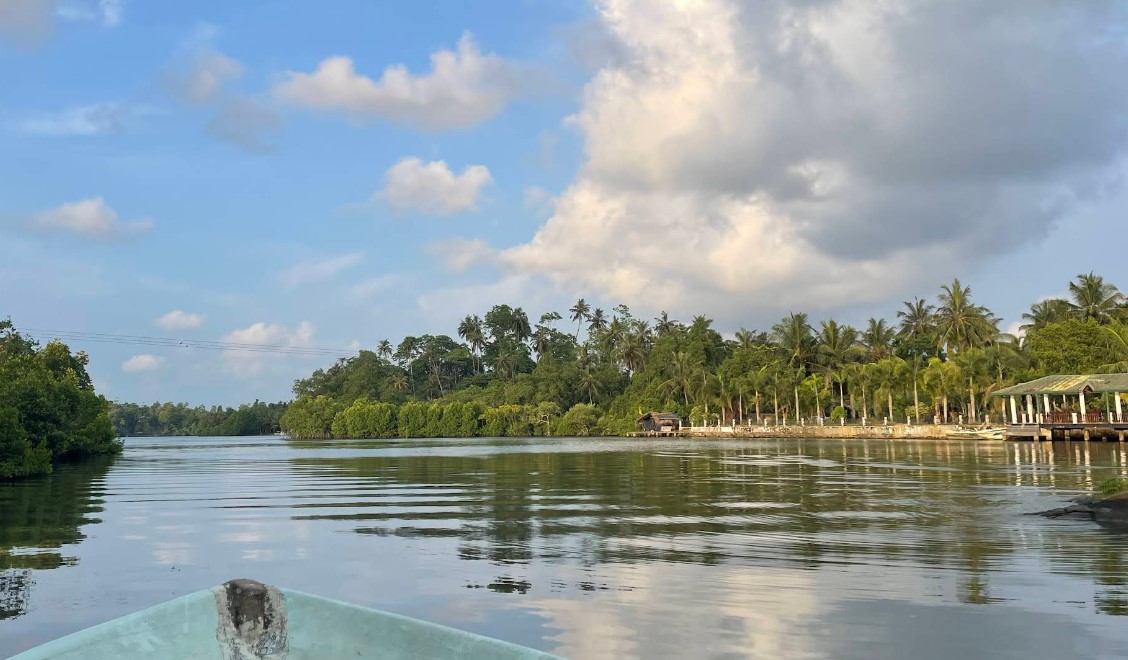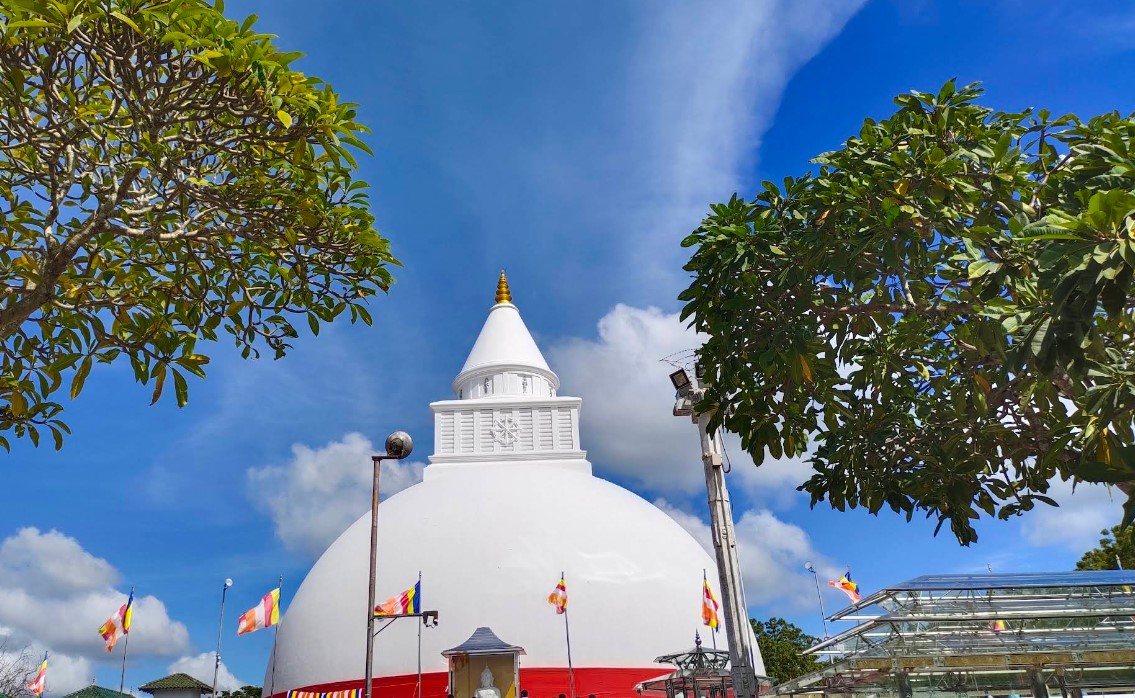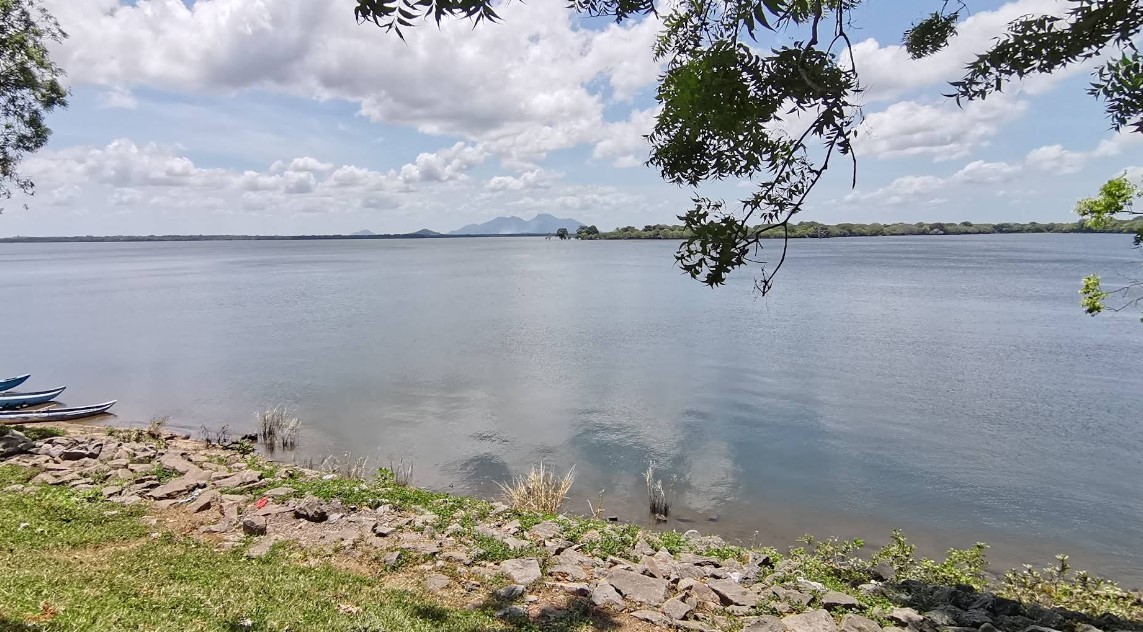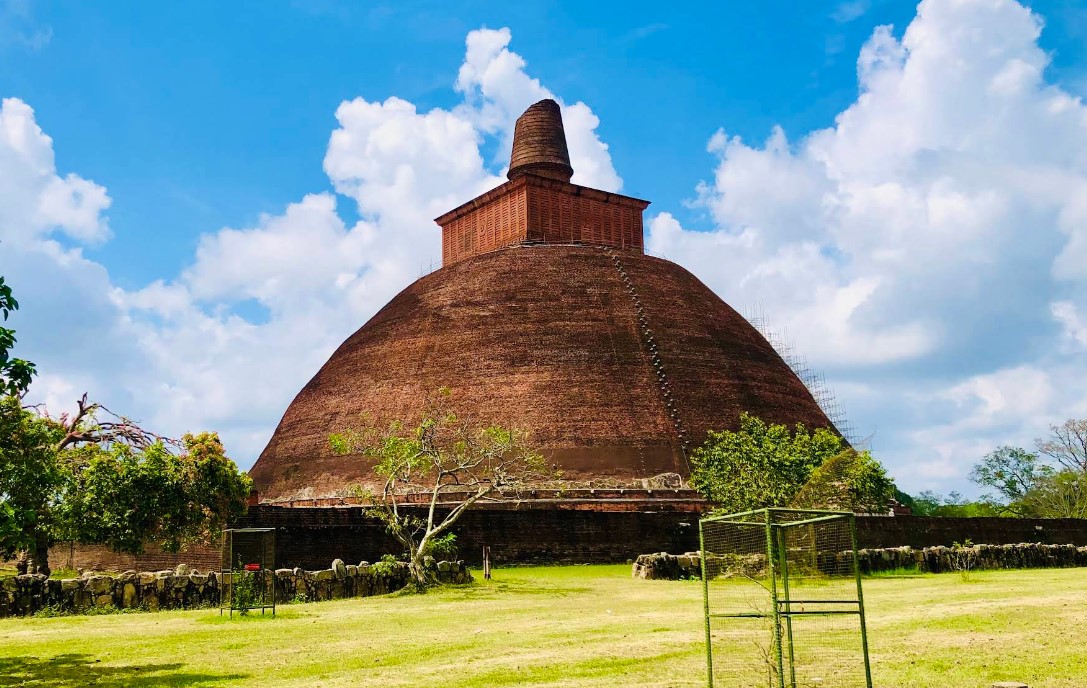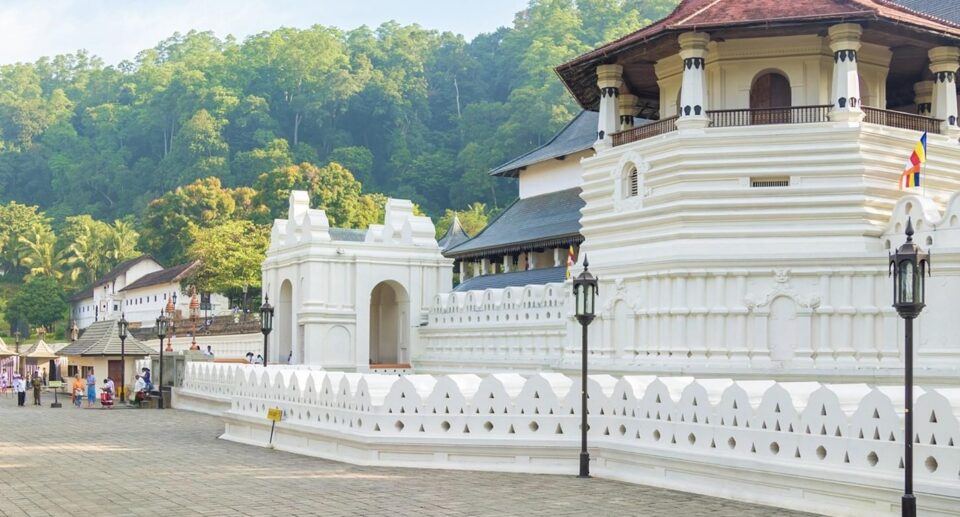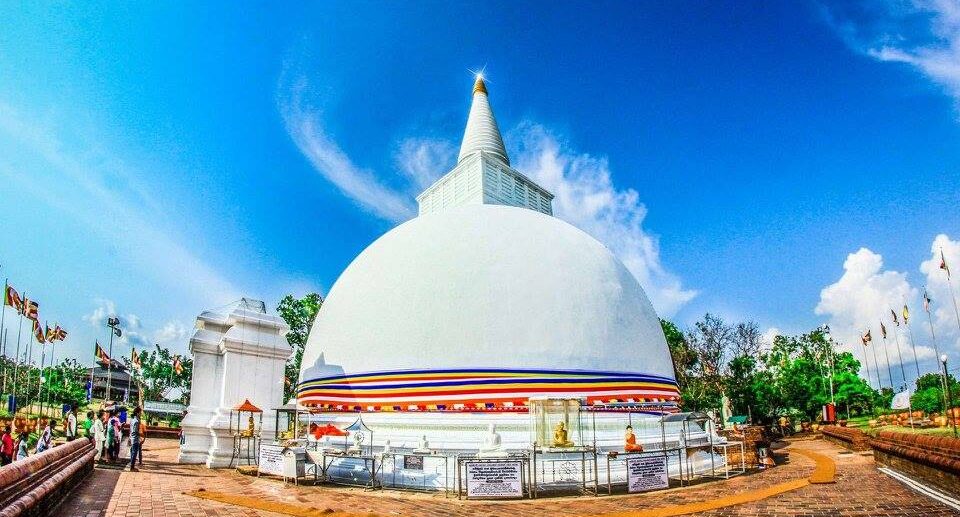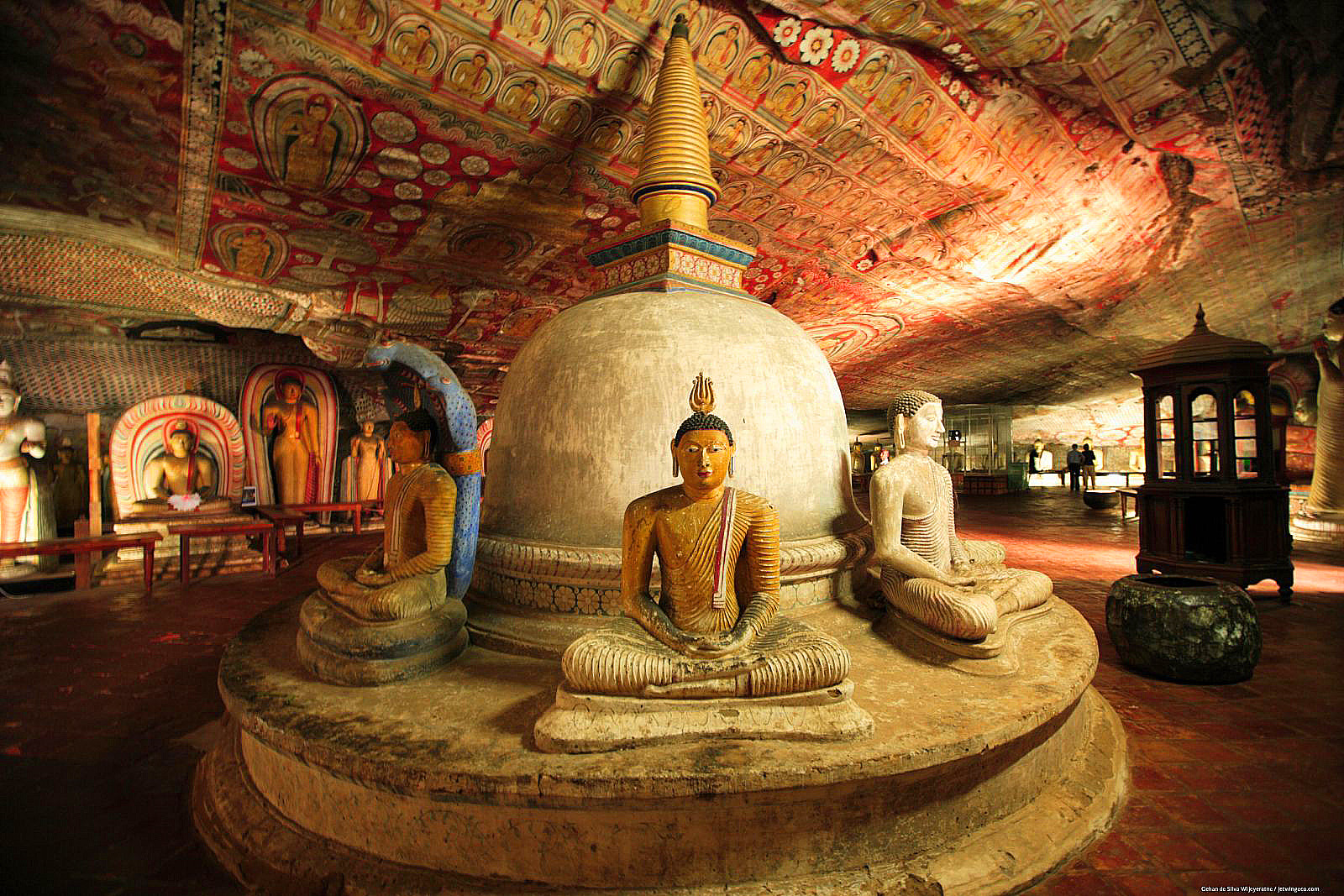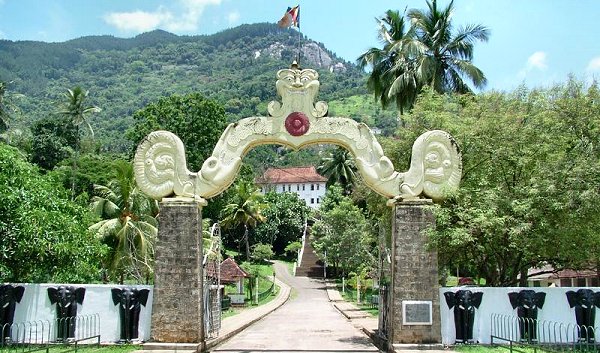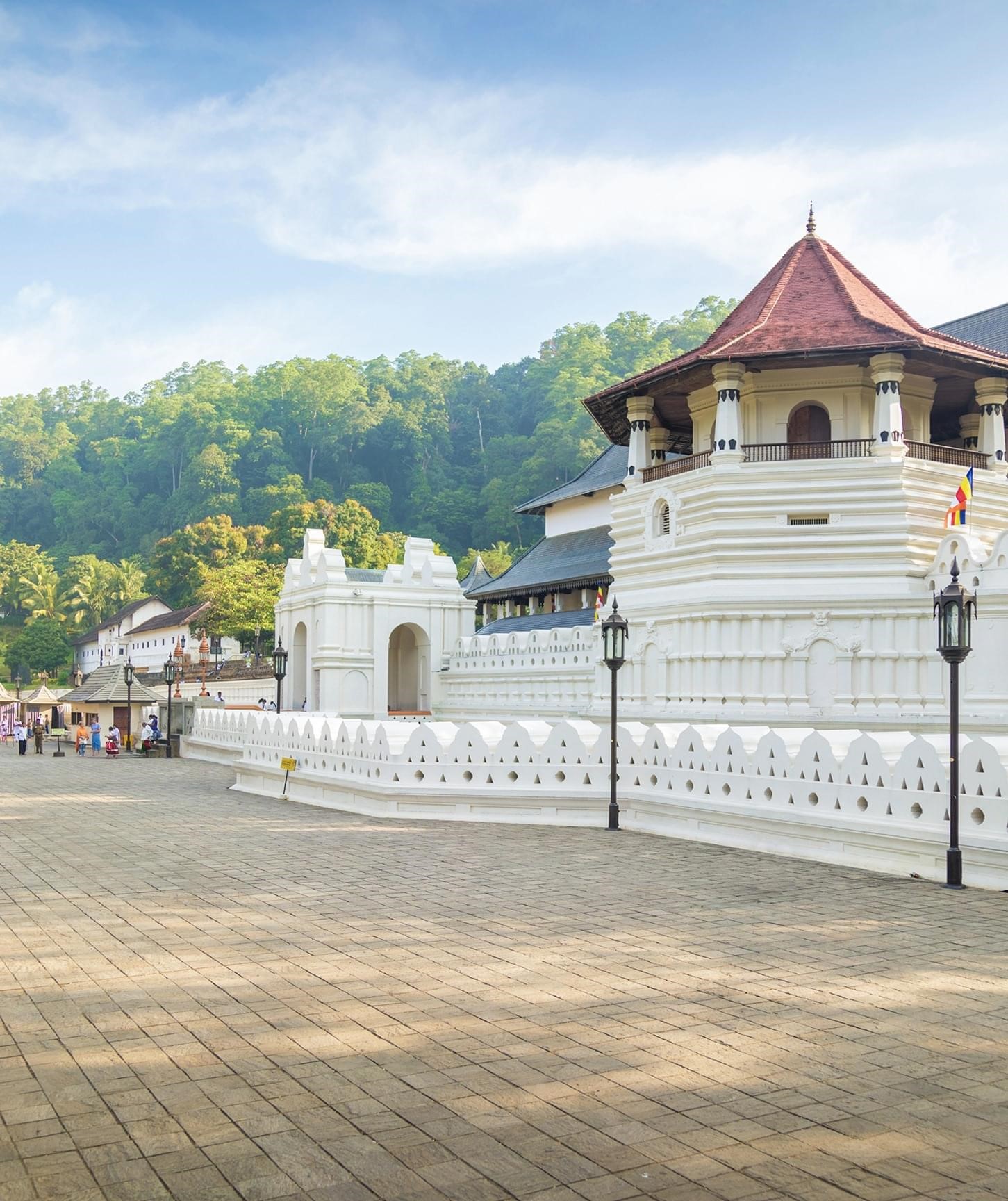Visiting : Mahiyangana Raja Maha Viharaya Sri Lanka
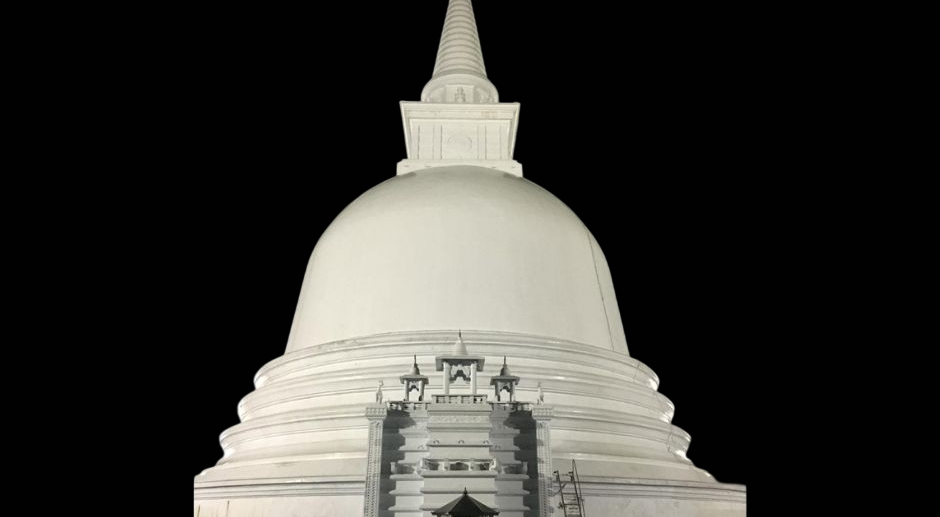
Sri Lanka Uvavujaya in Mahiyangana, the ancient Buddha temple here is Mahiyangana Raja Maha Viharaya It is one of the most historic and sacred places for Buddhists in SriLanka and is said to be one of the first places the Buddha visited during his third visit to the island, nearly 2,500 years ago.. Mahiyangana Raja Maha Viharaya continues to be at the center of Sri Lanka’s religious and cultural life. Its close identification with the early spread of Buddhism in the island nation renders it a holy place for contemplation and spiritual observance. Pilgrims visit not only to honor the Buddha’s former presence but also to make prayers, meditate, and carry out acts of devotion that bring them closer to their faith.
To Theravada Buddhists, temples like Mahiyangana are far more than places of worship—they are living expressions of the Buddha’s teachings, a source of personal transformation. The temple’s peacefulness, along with its centuries of history, allows the faithful to intimately connect with the ancient Buddhist practices. Besides its religious significance, Mahiyangana Raja Maha Viharaya is also a cultural hub where a number of rituals, festivals, and celebrations are held annually, e.g., the Mahiyangana Perahera. These not only reinforce the religious significance of the temple but also help maintain and preserve Sri Lanka’s rich Buddhist heritage.
Today, Mahiyangana remains a place where past and present meet, allowing Sri Lankans and travelers to connect with the Buddha’s teachings, seek peace, and reflect on the island’s ancient Buddhist traditions. Yes, the Mahavamsa, a Sri Lankan chronicle from ancient times, is an important source for unearthing the contribution of Mahiyangana Raja Maha Viharaya to Sri Lanka’s early history of Buddhism. The Buddha’s pilgrimage to the island, as the Mahavamsa portrays, is of significant significance, which occurred in the ninth month following enlightenment. It was his first pilgrimage to Sri Lanka, and with it Buddhist identification with Sri Lanka starts.
The Buddha’s First Visit
The Buddha, according to the Mahavamsa, visited Sri Lanka on his third tour of the country. His visit was to the area called Mahiyangana, which was inhabited by the Yakshas, a mythical tribe characterized frequently as protector spirits in early Buddhist literature.
Upon his arrival, the Buddha is reported to have brought into control the Yakshas, who were thought to be powerful and unruly. In doing so, the Buddha asserted his spiritual dominance and opened up the region to the teachings of Buddhism. The meeting between the Buddha and the local tribes and his ability to bring them under control symbolized the victory of the Dhamma (the teachings of the Buddha) over chaos and ignorance.
Conquering the Yakshas
Upon his arrival, the Buddha is reported to have brought into control the Yakshas, who were thought to be powerful and unruly. In doing so, the Buddha asserted his spiritual dominance and opened up the region to the teachings of Buddhism. The meeting between the Buddha and the local tribes and his ability to bring them under control symbolized the victory of the Dhamma (the teachings of the Buddha) over chaos and ignorance.
Discourse on the Dhamma
Once he had defeated the Yakshas, the Buddha instructed them in a discourse on the Dhamma. It was a significant occurrence as it marked the beginning of the process of introducing Buddhism to the island and converting the Yakshas to the religion. The Mahavamsa also observes that the teachings of the Buddha provided the basis for the peaceful expansion of Buddhism into Sri Lanka.
Purification of the Island
Having subdued the Yakshas, the Buddha ordered them to be sent to a nearby island called Giri (ordinarily taken to be the same as the modern Jaffna Peninsula), as if to yet a more suitable place for them. By dispatching them thither, he was symbolizing the purification of Sri Lanka itself to the point that it was completely ready to accept Buddhism as its religion and benefit from its religious teachings.
Buddhism’s Long-lasting Presence
The Mahavamsa also prophesied that, because of the Buddha’s visit, Sri Lanka would be a country in which Buddhism would eventually “prevail in all its glory.” This later came to pass, as Buddhism came to take a firm hold on Sri Lankan society and culture over the centuries, permeating not only religion but art, literature, politics, and education as well.
Cultural and Religious Impact
The Buddha’s visit to Mahiyangana, as in the Mahavamsa, was a milestone in Sri Lankan Buddhist history. The story informs us of the Buddha’s revolutionary impact on the island, where slowly Buddhism developed and defined the identity of Sri Lanka. Mahiyangana Raja Maha Viharaya, as the site of the first visit of the Buddha, was a sign of this first success of Buddhism. It remains a focus of high pilgrimage today, drawing in those who visit to make their offerings to the Buddha’s first descent in Sri Lanka and his lasting influence on the nation’s religious and cultural development. Its connection to the Yakshas, in addition to the purification of the island, also contribute to the rich mythology of the site.
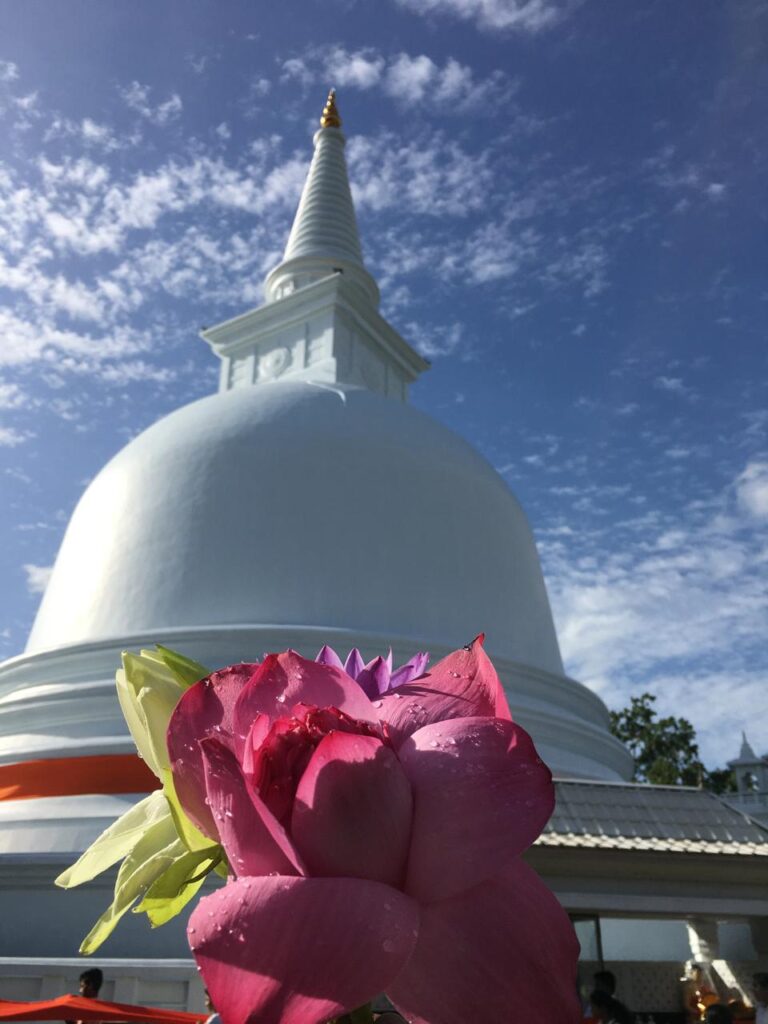
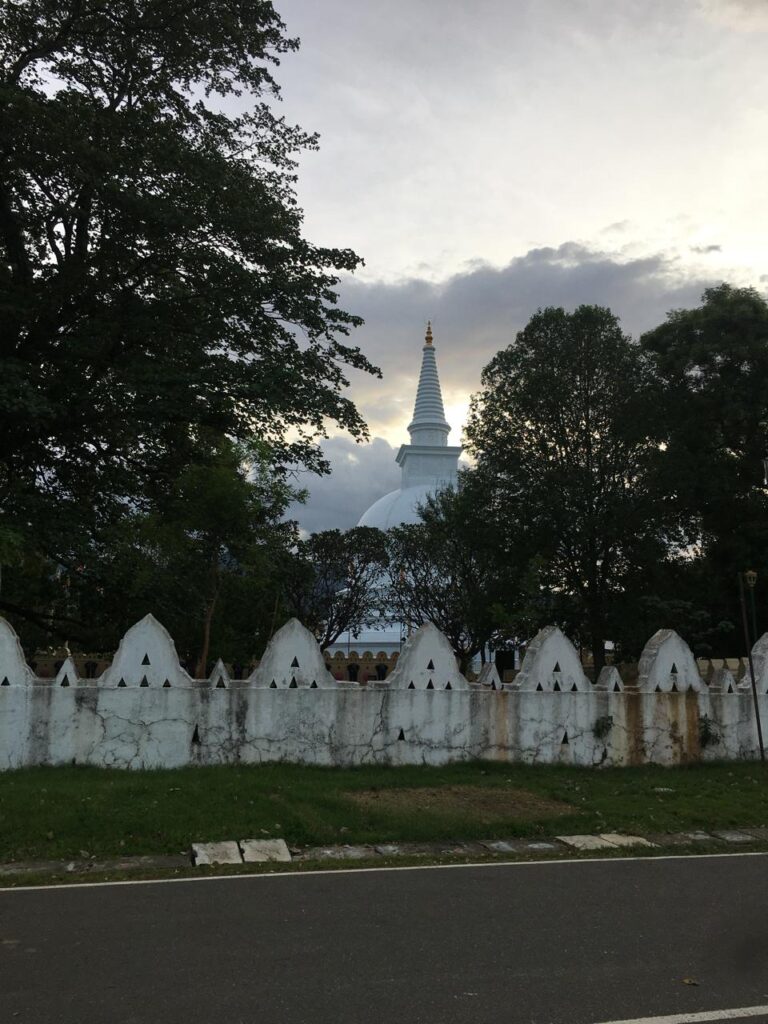
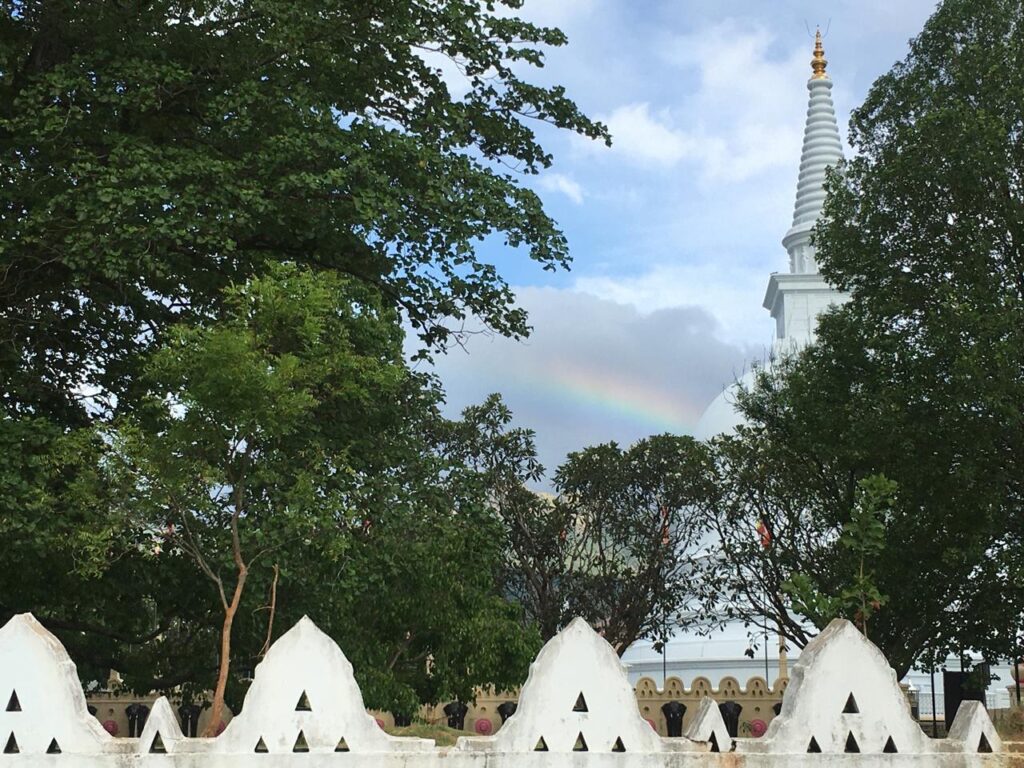
History
The religious and historical importance of the Mahiyangana Raja Maha Viharaya, particularly in relation to what happened in the Mahavamsa, is truly remarkable, and the tale of Saman, the Yakka chief, provides a rich cultural and spiritual depth to the history of the temple. The following are some of the most important aspects that reflect the temple’s development and significance over the years.
Saman and the First Stupa
As documented by the Mahavamsa, Saman, chieftain of the Yakka, was deeply influenced by the Buddha’s discourse. On hearing the words of the Buddha, Saman became a Sotāpanna (or Sovan), the first step towards enlightenment in the Buddhist religion. Emoved by appreciation and devotion, Saman asked the Buddha to provide him with a token in the Buddha’s absence so that he could pay respects. The Buddha gave him a tuft of hair from his own head, a very holy relic. Saman, for his part, enshrined the relic in a small stupa, and this was the first stupa constructed in Sri Lanka. This stupa, upon its eventual completion to its original height of 10 feet (3 meters), marked the start of stupa-construction in the island and the consecration of a holy site for Buddhist cult worship.
Relic of Griwah Dawtoe
The Mahavamsa once more mentions that King Devanampiyatissa, the initial Sri Lankan king to officially embrace Buddhism, ordered the burial of the relic of Griwah-Dawtoe (a Buddha’s neck bone) in the stupa. This was a significant move that linked the Mahiyangana stupa to one of the island’s holiest relics. The relic was enshrined and the stupa extended to a height of 30 cubits (approximately 45 feet or 14 meters), solidifying its place as an even greater Buddhist center of pilgrimage.
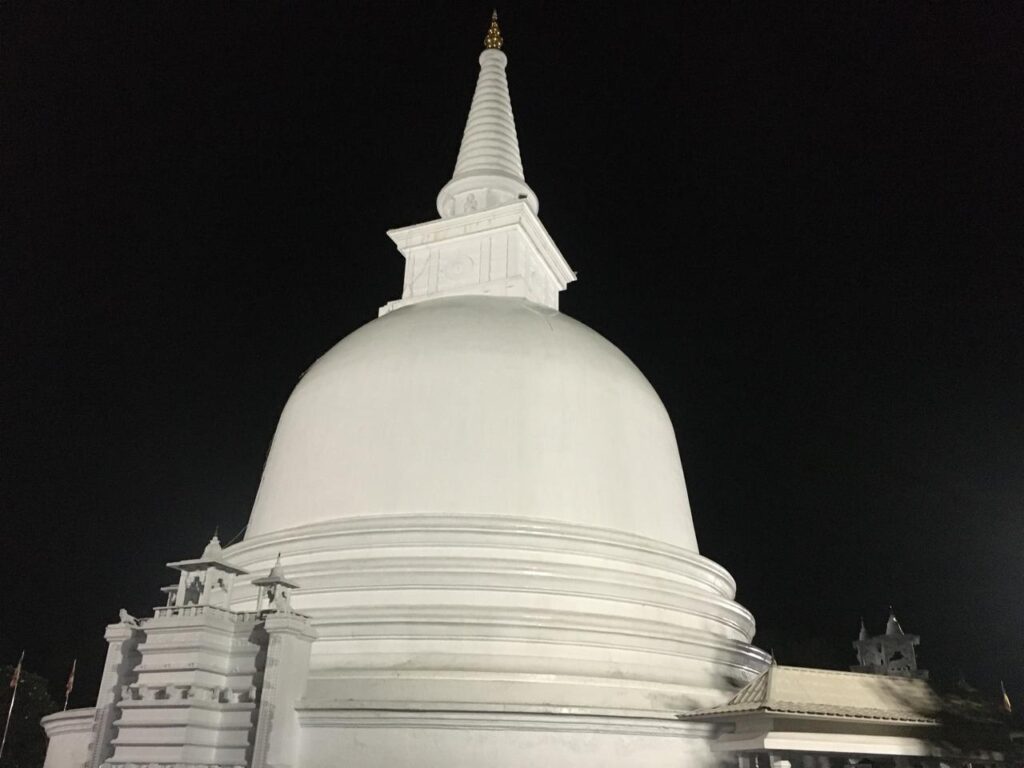
Cultural and Religious Legacy
Mahiyangana Raja Maha Viharaya, with its rich history and profound connection to the Buddha, continues to be a potent symbol of Sri Lanka’s Buddhist heritage. The legends of Saman, the early relic enshrinement, and the efforts of numerous kings demonstrate the enduring devotion and dedication to maintaining the Buddha’s teachings on the island. Today, the temple is no longer a location of history but a living and vibrant center of worship where pilgrims and tourists can sense the rich spiritual climate and cultural heritage of Sri Lanka’s Buddhist tradition. The imposing figure of the stupa and the serene ambiance of the temple continue to draw those who yearn for spiritual solace and affinity with the early impact of the Buddha on the island.
How To Travel
Your travel instructions from Kandy to reach Mahiyangana Raja Maha Viharaya are excellently composed and offer quite a few different transport options. More detail of each process follows here.
1. Walking (via Kandy Lake and Clock Tower):
Start at Kandy City Center: Proceed towards the direction of the Kandy Lake, which is a very pleasant spot for walking.Near Kandy Lake: Unwind in the peaceful atmosphere as you walk around the lake, which is both popular among tourists and locals alike. Kandy Clock Tower: Then, move on to the Kandy Clock Tower, a vintage landmark. Proceed to Kandy General Hospital: Go northeast direction to Kandy General Hospital.
Walk to Kandy Bus Station: Keep going straight for approximately 1.5 km and arrive at the Kandy Bus Station. Take a bus to Mahiyanganaya: Look for buses to Mahiyanganaya at the bus terminal. The bus ride will take about 1.5 to 2 hours.
Arrival in Mahiyanganaya: When you arrive at Mahiyanganaya, ask the bus conductor to drop you off at the nearest spot near Mahiyangana Raja Maha Viharaya. The entrance (Wahalkada) is within a short walking distance from the bus stop.
2. Tuk-Tuk
Hiring a Tuk-Tuk: You can quite easily hire a tuk-tuk from the center of Kandy. It is a simpler option than the bus.Negotiating the Fare: Always discuss the fare with the driver upfront before you start off, since fares are negotiable based on distance and traffic.
Travel Time: The travel time using tuk-tuk will be approximately 1.5 to 2 hours, depending on traffic.Destination: Tell the tuk-tuk driver that you’re going to Mahiyangana Raja Maha Viharaya and would appreciate being dropped at the entrance (Wahalkada).
3. Bus:
To the Bus Station: From where you are located in Kandy, walk to the Kandy Bus Station. Find a Bus to Mahiyanganaya: Look for buses that have ‘Mahiyanganaya’ on the front. They are frequent and easy to spot. Travel Time: The travel time by bus will be about 1.5 to 2 hours based on road conditions and traffic.
Travel to Mahiyanganaya: On reaching, ask the bus driver or the locals for directions to the entrance (Wahalkada) of the Mahiyangana Raja Maha Viharaya, a short walk from there.
All these ways will lead you to Mahiyangana Raja Maha Viharaya, but they vary based on comfort and time. The most comfortable and quickest way is tuk-tuk, while the bus provides an affordable and local experience. If you walk and like sightseeing, then walking through Kandy’s clock tower and lake is a good experience before starting your journey.

